All systems go for the world’s biggest ocean acidification test
Today was a big day all round, and it started grey and snowy, with feelings of tense anticipation. For the scientists, it’s the next step towards the work they’ve put so much effort into over the last up to four years. If the mesocosms can be put in place successfully, they can lower the sacks and close them up to start the world’s biggest experiment on ocean acidification. If not, they’re in a bad way.
For the Greenpeace team, it’s time to put the giant testtubes they’ve carefully brought up to the Arctic from Kiel in Germany into the water, the fruition of their work with the scientist team. It’s a premiere all round. Not only is it a new and large-scale experiment, it’s a premiere in terms of Greenpeace and an official science body working together. As Martin Kaiser, Greenpeace climate campaigner from Germany and Professor Ulf Riebesell explained to me, the memorandum of understanding stipulates clearly who does what. The scientists are independent, doing their own work, grateful to Greenpeace for providing the boat without which none of this could have happened. Greenpeace is responsible for the logistics and helping because they want the data on the effects of ocean acidification on Arctic ocean ecosystems and organisms to be collected. Everybody stresses there are no foregone conclusions. Lab tests have indicated calcifying organisms are likely to suffer badly, but only this bigger experiment will give an indication of how whole systems react.
Let me give you the rest of the day in pictures.

The crew on the Esperanza were up bright and breezy and ready to start loading the mesocosms from the quay onto the boat at 8. Well you can’t say crack of dawn, since it’s light all night.
The scientists were down to keep an eye on operations

and IFM Geomar engineer Detlef Hoffmann, who seems to me to have been spending his life going up and down in the lift fixing up the mesocosms was back in place.


One by one, the first 3 mesocosms were lifted onto the Esperanza.

Professor Ulf, who’s coordinated the experiment, and Klaus, who designed the mesocosms, watch anxiously from the deck of the Esperanza.

At the deployment site, number one goes over, steady as she goes…

In the scientists\’s boat, Prof. Jean Pierre, the EPOCA coordinator,keeps an anxious eye.

The IFM technical experts in the dinghy do the necessary to affix the equipment.

Having “suited up” and gone into one of the Greenpeace dinghy, I’m able to follow the next “mesocosm overboard” operation from the water, looking up to the Esperanza.

The Greenpeace communications team are busy documenting this slightly different “campaign”.

Down she goes…

Well met, IFM Geomar.


Ulf has got on his survival gear and come down to check it out for himself.

And Greenpeace climate campaigner Martin Kaiser, on board the Esperanza, can be happy with the results so far.
Out in the Kongsfjord
Before I go any further:
Professor Jean-Pierre Gattuso, the coordinator of the whole EPOCA project, (see last blog post) has drawn my attention to the websites for the EPOCA project and suggested Ice Blog readers might like a look, so here they are. Thanks Jean-Pierre:
European Project on Ocean Acidification (EPOCA) blog
EPOCA Svalbard 2010 Blog

Sunday afternoon: the plan is to deploy the mesocosms in the fjord Monday morning if the weather remains stable. So Sebastian Krug from IFM Geomar, who is responsible for the logistics of the deployment, took some of his colleagues out in a boat with a remote-controlled underwater camera

this afternoon to check the anchors which have been put down to hold the floating test-tube constructions and make sure the lines coming up are not tangled and everything is where it should be. I was able to join them.
We need survival suits for this as the water is around freezing point. Everybody gets a briefing on the dangers of hypothermia up here, which sets in very quickly if you fall into the water without a suit, and nobody takes any chances.

Sebastian’s colleagues Andrea Ludwig, Sine Klaasen and Kai Schulz from IFM Geomar, the Kiel University marine science institute that’s managing all this, are also doing test runs with their equipment to take water samples and transport them back to the world’s most northerly marine lab in the base at Ny Alesund. They will be doing this with samples from the mesocosms regularly, once they’re in place and have been “dosed” with the required doses of CO2, a different amount in each mesocosm to simulate, in situ, what would happen if the ocean acidifies to a particular amount, according to the different IPCC scenarios, depending on how much CO2 we continue to emit in the coming decades. Kai is responsible for adding the CO2.

It started off as a grey day with snowflakes, but the sun came out surprisingly in between. The weather changes quickly and frequently here in the Arctic. You have to make the best of every sunray.

(View back to Ny Alesund)

Meike Nikolai is the communications officer from IFM Geomar. She’s documenting all of this for the institute’s records and website. She took this photo.

Thanks Meike.
We got close up to this iceberg in the fjord. Hoping it and its colleagues will keep a safe distance from the mesocosms site.

Our little friend did his work underwater.

He makes some interesting blubbering and spitting sounds as he goes down (which you’ll hear when you tune into the radio stories on this project some time in the not too distant future! Keep an eye on the DW website and Living Planet
DW Environment web page
Nathan (Living Planet host), I hope you have plenty of space for this one, it’s a very exciting project.
The anchors are looking good, so weather and ice permitting, it’s full speed ahead for deployment on Monday morning. The scientists are getting excited, some nervous. They’ve been working for several years preparing this and it is the first of its kind. The crew on the Greenpeace boat are also excited about it all. They are playing a key role in getting this world premiere on the stage.





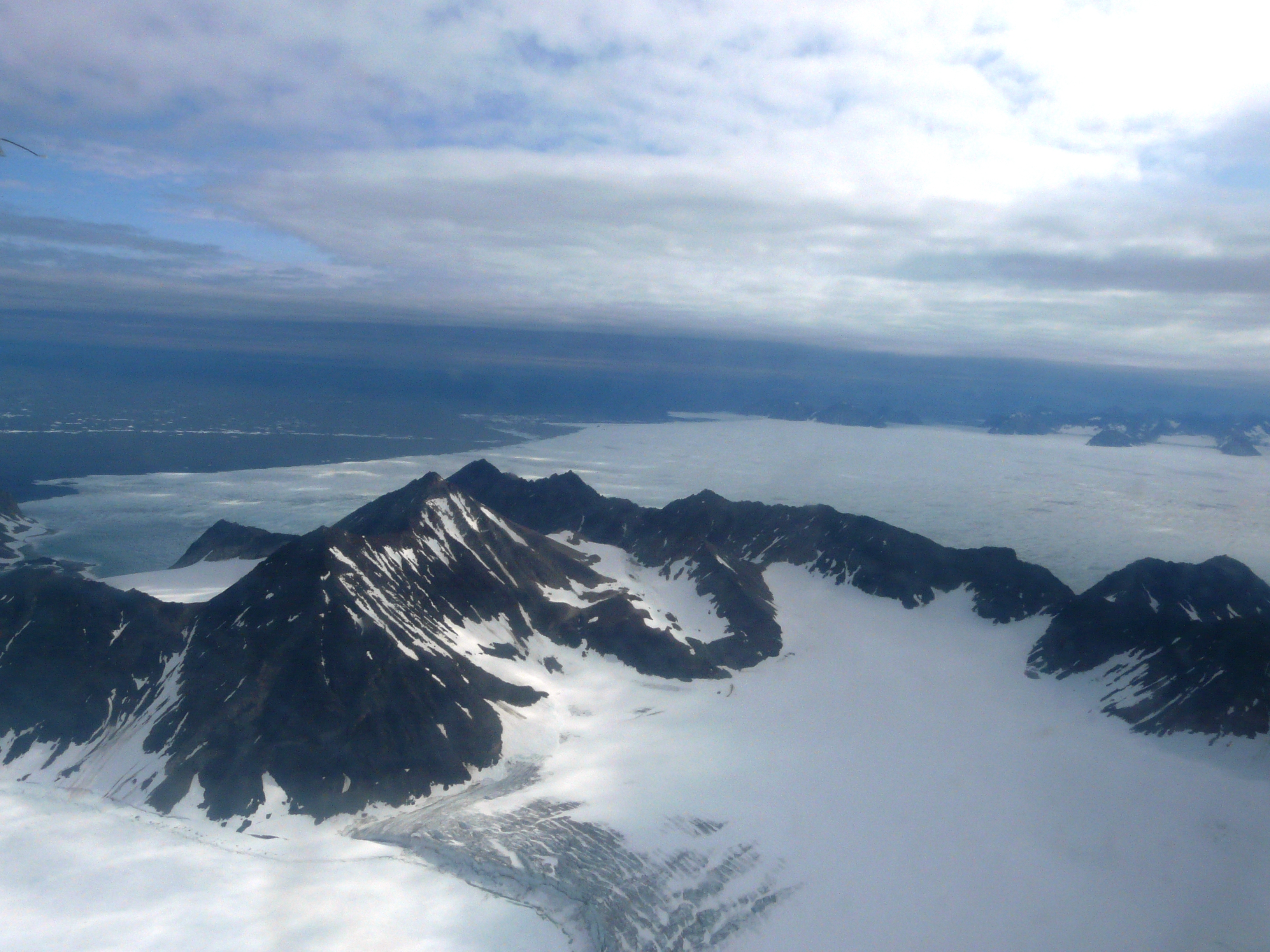
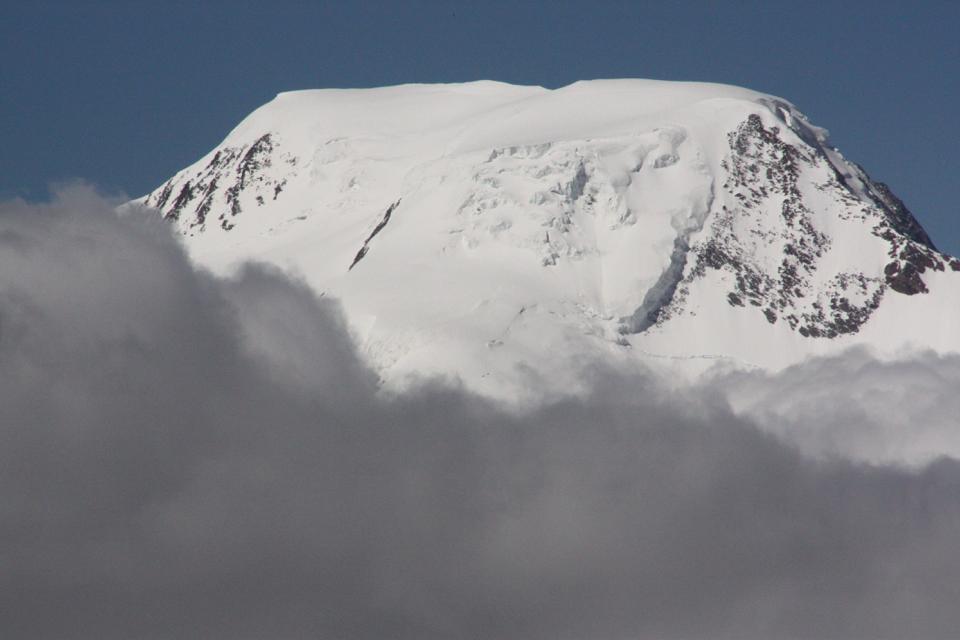
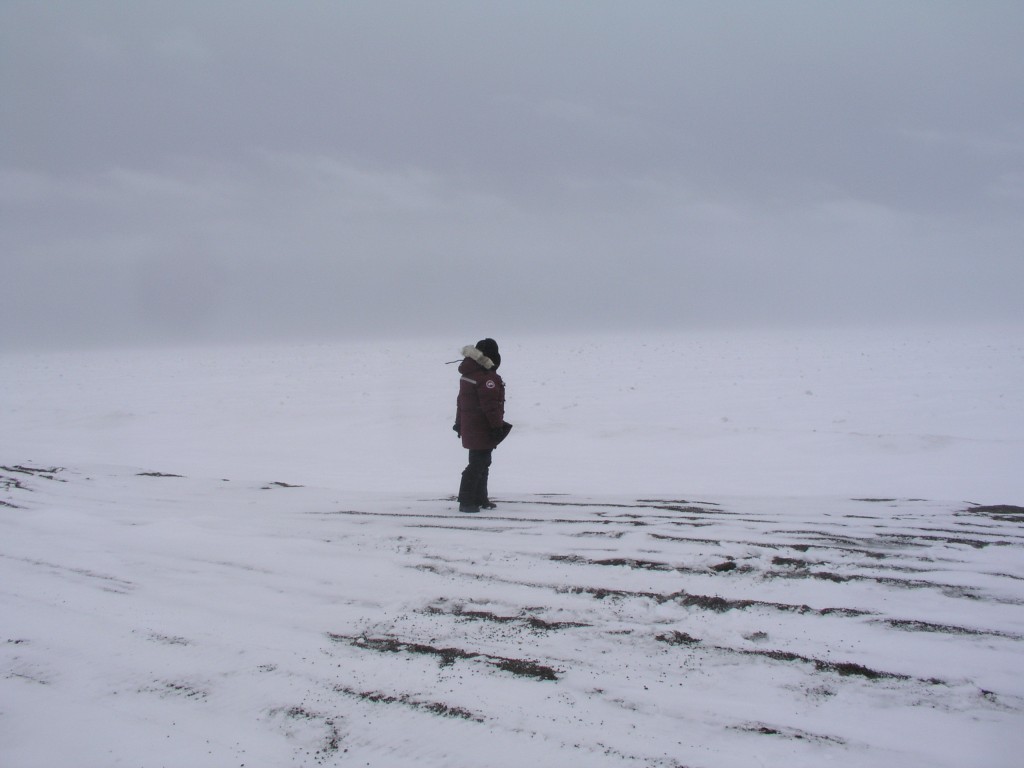
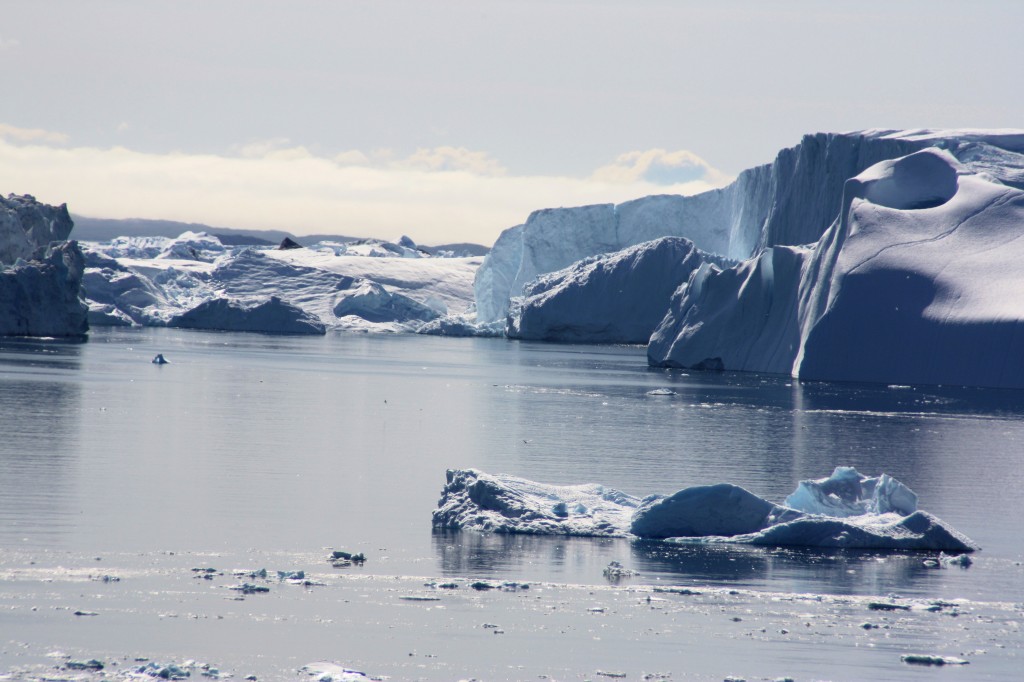
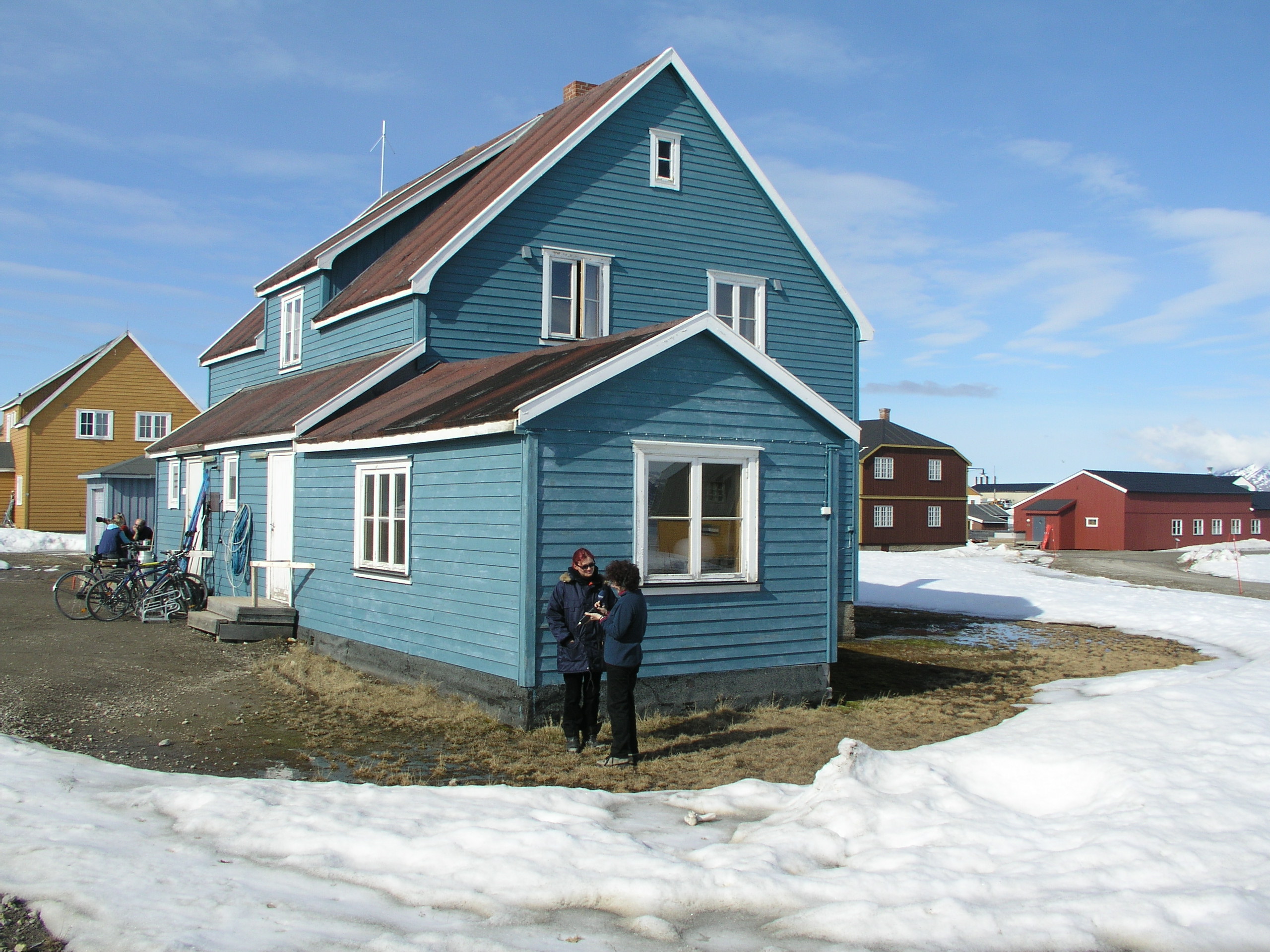
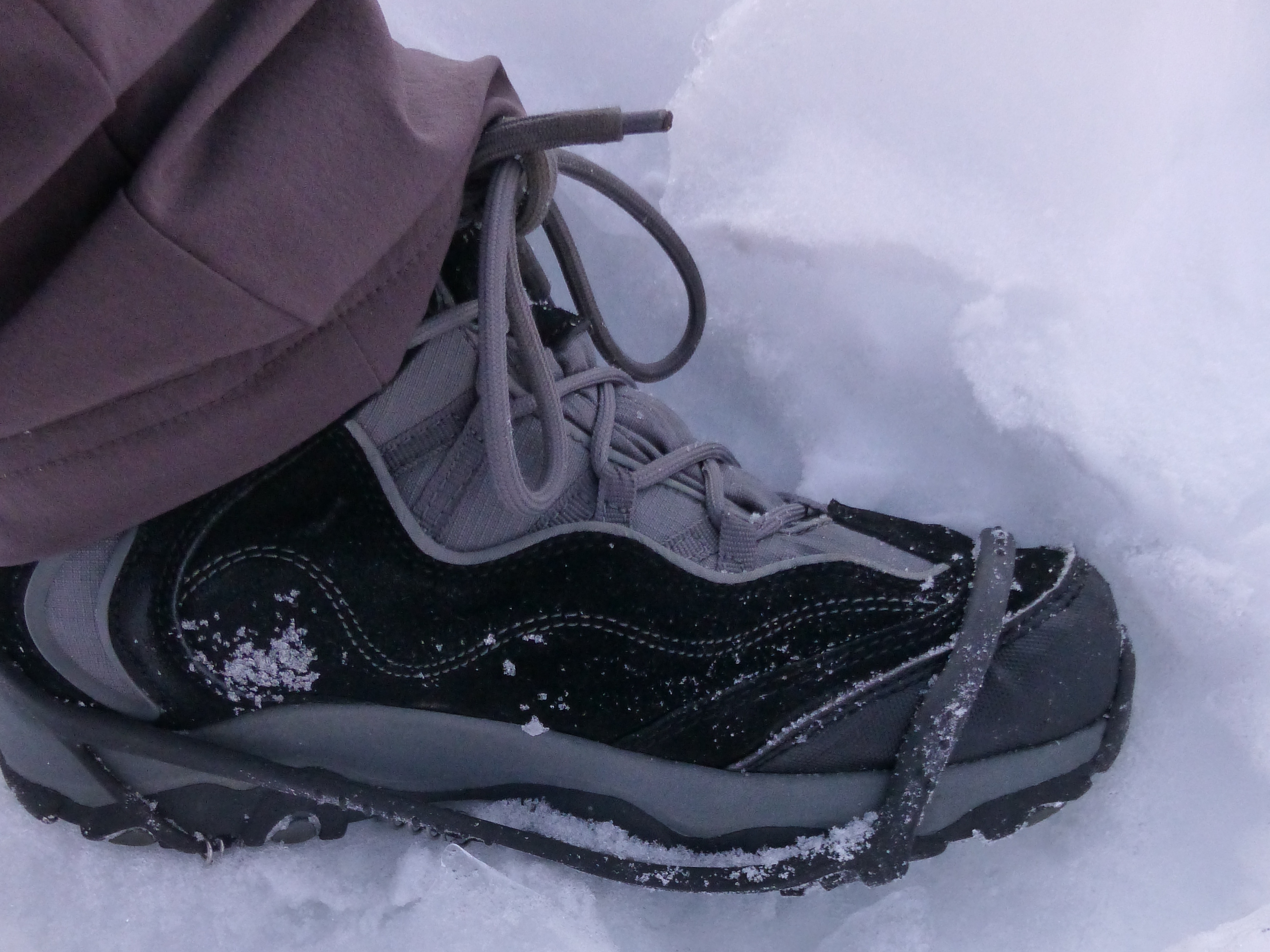
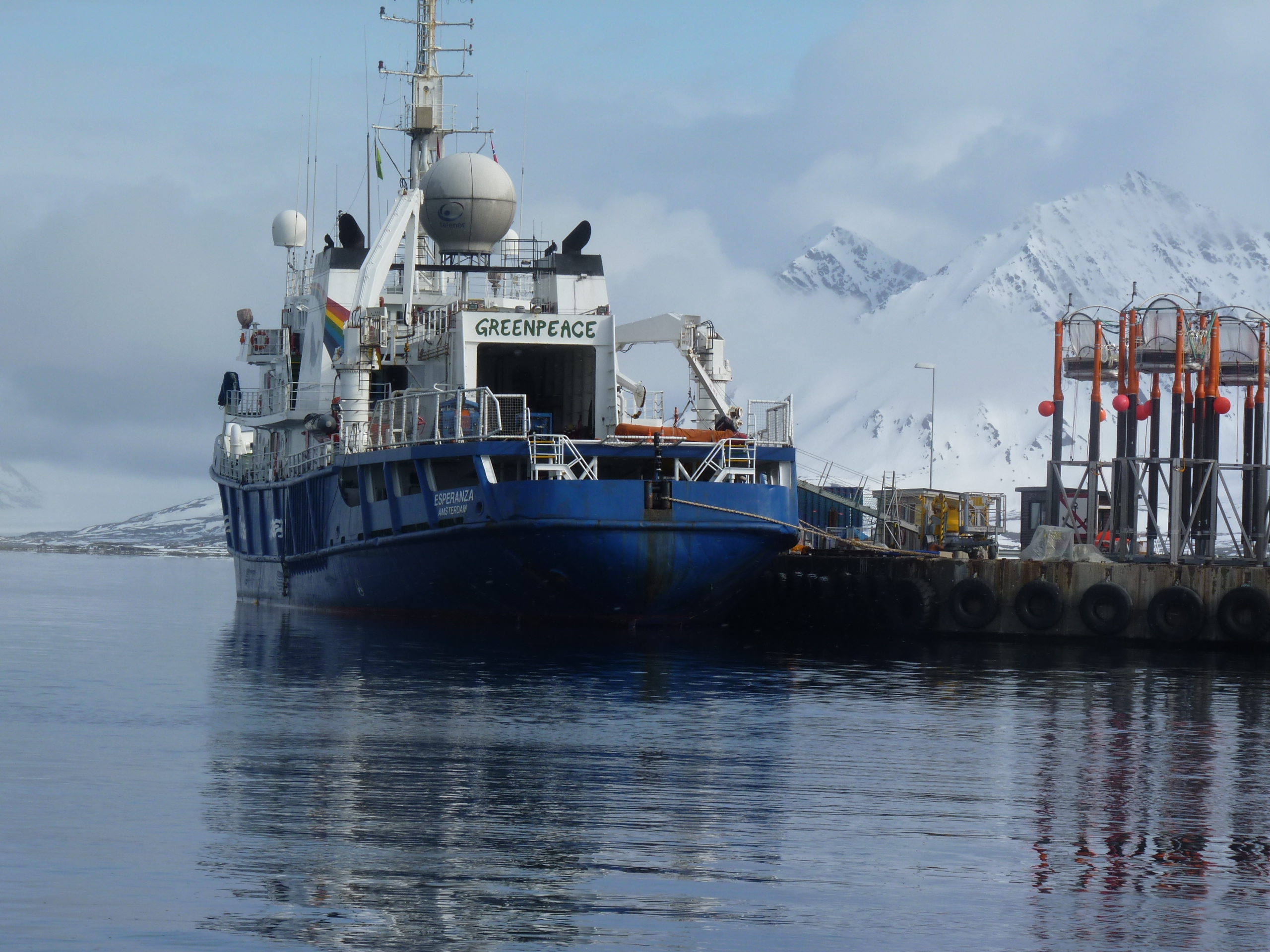
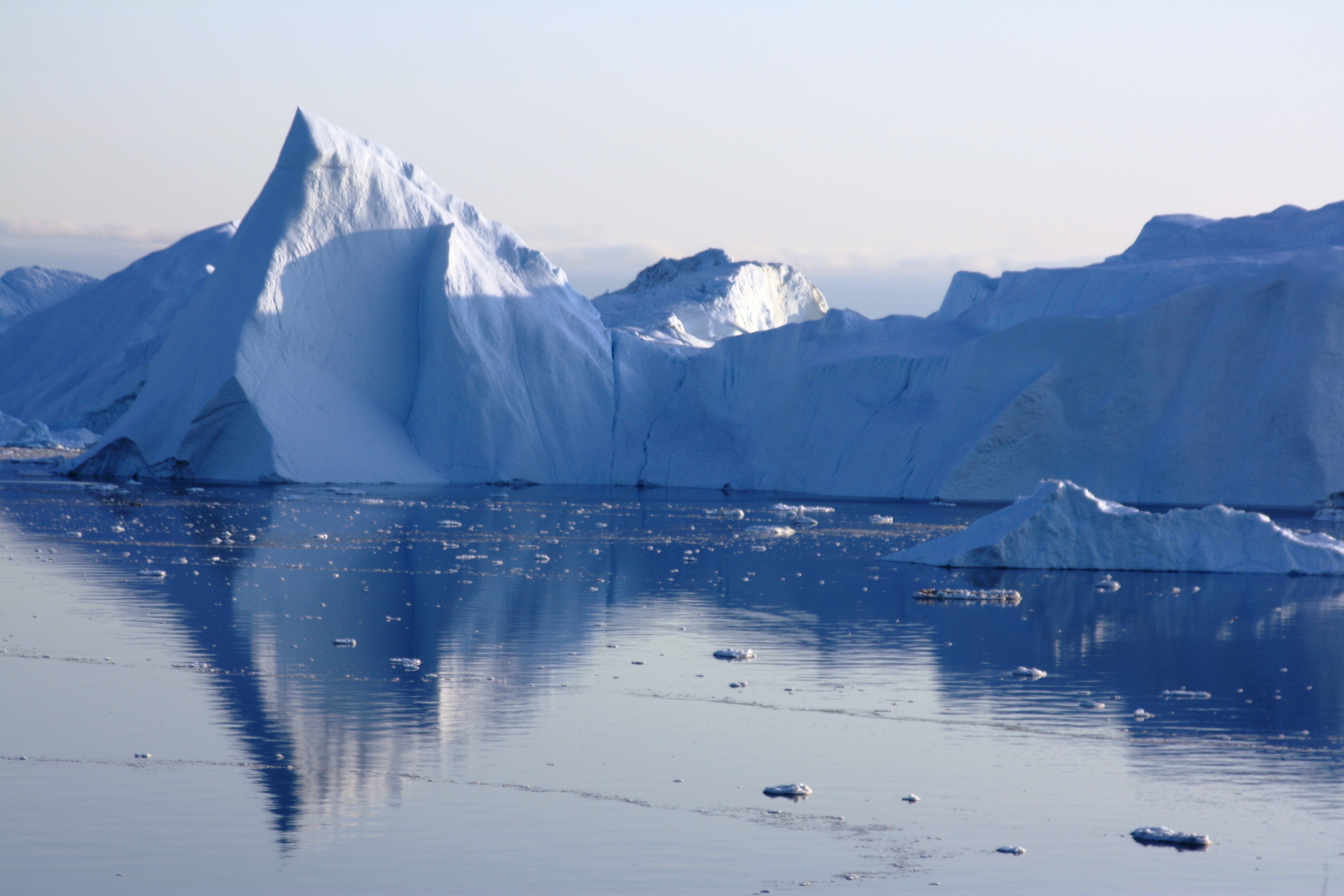
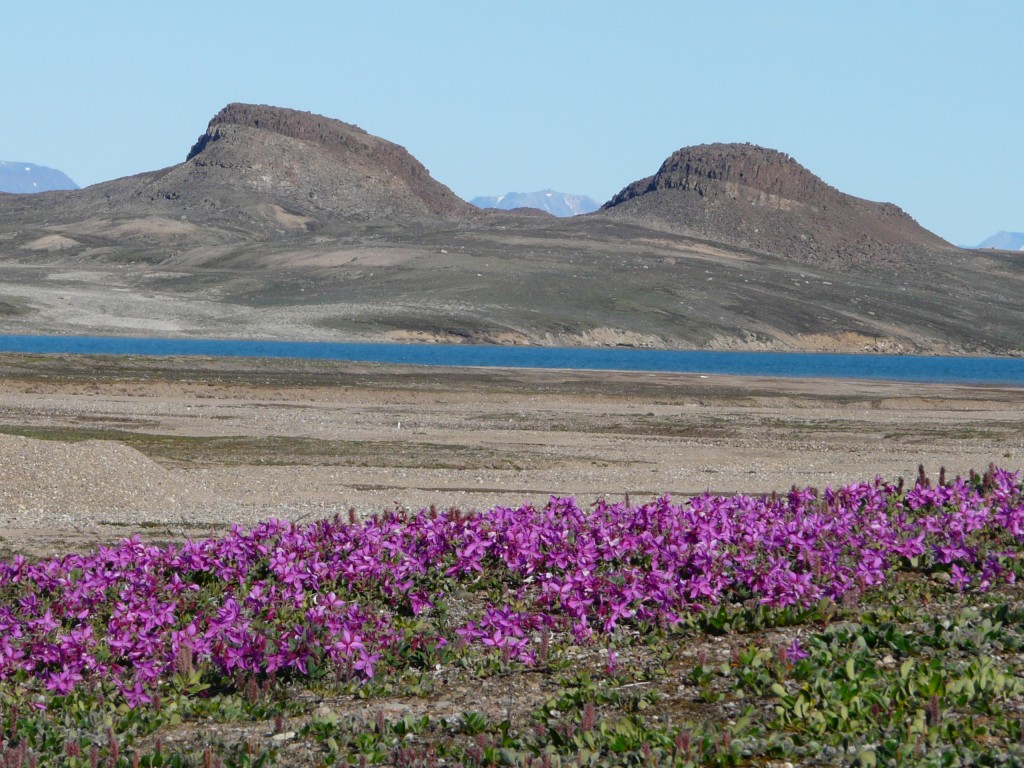
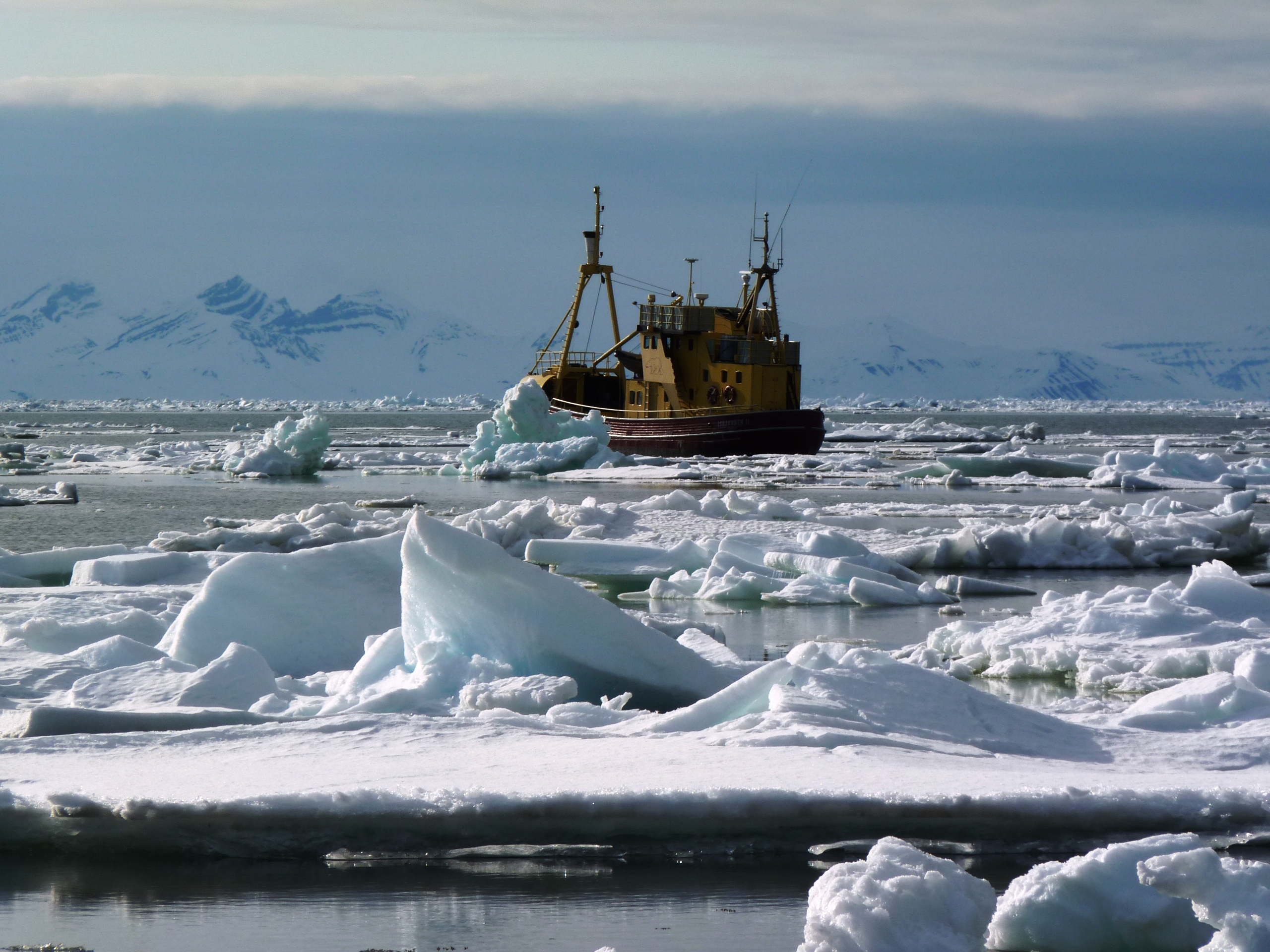
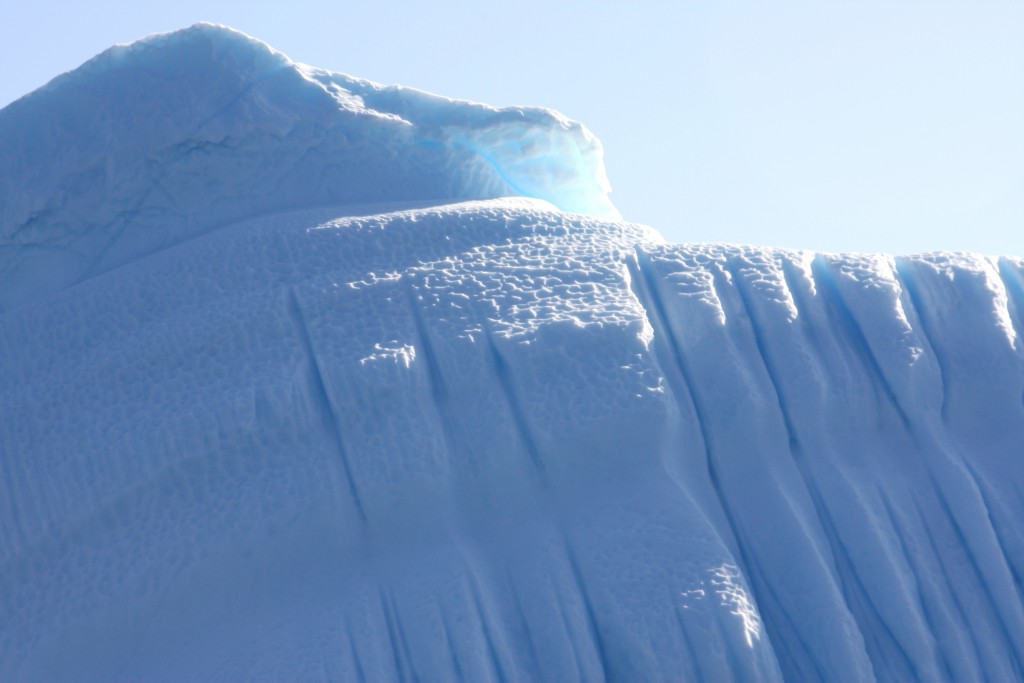

Feedback